Home>Home Appliances>Laundry Appliances>How To Clean A Washing Machine Drain
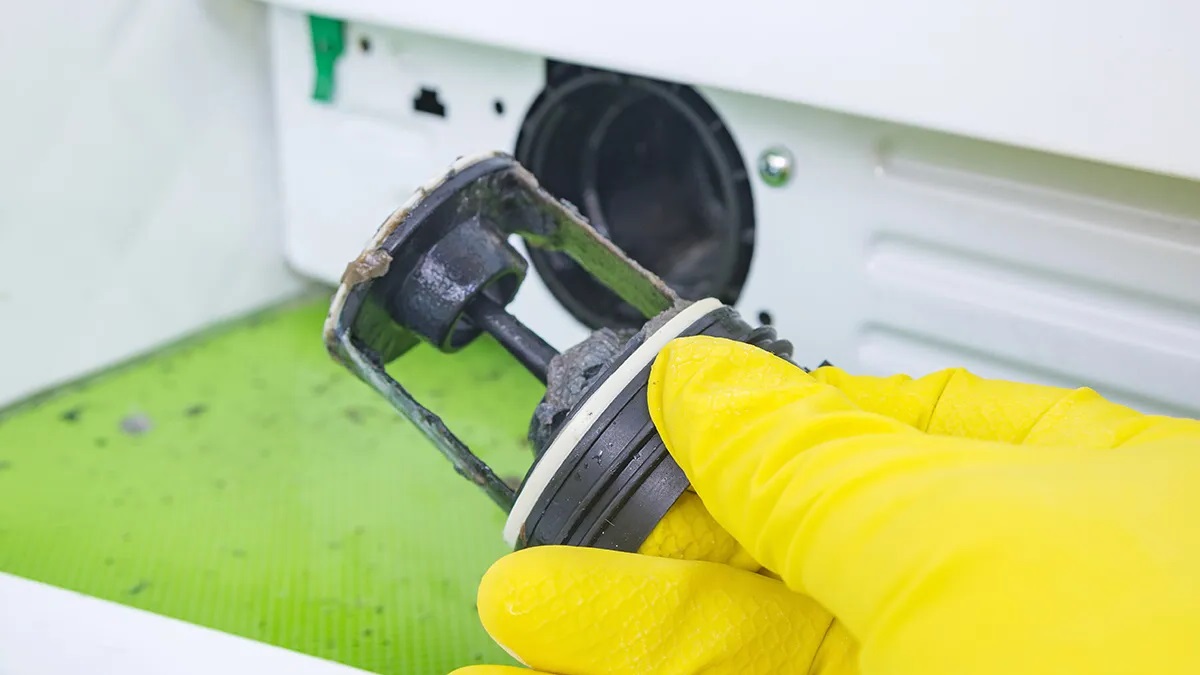

Laundry Appliances
How To Clean A Washing Machine Drain
Modified: October 29, 2024
Learn how to effectively clean a washing machine drain to maintain the efficiency of your laundry appliances. Follow these simple steps for a hassle-free process.
(Many of the links in this article redirect to a specific reviewed product. Your purchase of these products through affiliate links helps to generate commission for Storables.com, at no extra cost. Learn more)
Introduction
Cleaning a washing machine drain is an essential maintenance task that often goes overlooked. Over time, debris, lint, and other particles can accumulate in the drain, leading to unpleasant odors, slow drainage, and potential clogs. Neglecting this vital aspect of washing machine care can result in reduced performance and even costly repairs. Therefore, understanding how to effectively clean a washing machine drain is crucial for maintaining the appliance's functionality and prolonging its lifespan.
By following a few simple steps and using basic tools, you can ensure that your washing machine's drain remains free from blockages and operates at its best. This article will guide you through the process, providing clear instructions and valuable tips to help you keep your washing machine in optimal condition. Whether you're dealing with a front-loading or top-loading washing machine, regular drain maintenance is key to preventing issues and preserving the efficiency of your appliance.
In the following sections, we will outline the tools and materials needed for the task, as well as a step-by-step approach to cleaning the washing machine drain. By taking the time to perform this maintenance procedure, you can avoid potential problems and enjoy the peace of mind that comes with knowing your washing machine is operating smoothly. Let's delve into the details of how to effectively clean a washing machine drain and ensure that your appliance continues to deliver outstanding results.
Key Takeaways:
- Regularly cleaning your washing machine drain with vinegar, baking soda, and hot water prevents clogs, odors, and drainage issues, ensuring optimal performance and longevity of the appliance.
- By locating the drain, removing and cleaning the filter, checking for hose clogs, and running a cleaning cycle, you can maintain a smooth-operating washing machine and avoid costly repairs.
Read more: How To Clean Out Washer Drain
Tools and Materials Needed
Before embarking on the task of cleaning a washing machine drain, it's essential to gather the necessary tools and materials. By ensuring that you have everything at hand, you can streamline the process and carry out the maintenance effectively. Here's a comprehensive list of the items you'll need:
Tools:
- Screwdriver: A screwdriver, either Phillips or flat-head, will be required to remove the access panel or any screws securing the drain filter in place.
- Pliers: Pliers can be useful for gripping and maneuvering the drain filter, especially if it's tightly secured.
- Bucket: Having a bucket on hand will allow you to catch any water that may spill out during the cleaning process, preventing mess and potential water damage.
- Cleaning brush or old toothbrush: A small brush or an old toothbrush will aid in scrubbing and dislodging debris from the drain filter and surrounding areas.
- Towel or rag: Keeping a towel or rag nearby will help in wiping up any spills and ensuring the work area remains clean and dry.
Materials:
- Vinegar: White vinegar is an effective natural cleaner that can help dissolve mineral deposits and remove mold or mildew buildup in the drain.
- Baking soda: This household staple is excellent for deodorizing and breaking down grime and residue within the drain.
- Hot water: Utilizing hot water in the cleaning process can help flush out loosened debris and enhance the overall effectiveness of the cleaning solution.
- Optional: Drain snake or pipe cleaner: If you suspect a deeper clog within the drain hose, having a drain snake or pipe cleaner on hand can assist in dislodging stubborn blockages.
By ensuring that you have these tools and materials readily available, you'll be well-prepared to tackle the task of cleaning your washing machine drain. With these essentials at your disposal, you can proceed with confidence, knowing that you have everything needed to maintain the optimal functionality of your appliance.
Step 1: Locate the Drain
Locating the drain of your washing machine is the first crucial step in the process of cleaning the appliance's drain system. The exact placement of the drain may vary depending on whether you have a front-loading or top-loading washing machine. Understanding where the drain is situated will enable you to access it for cleaning and maintenance purposes.
For front-loading washing machines, the drain is typically located at the bottom of the appliance, behind a small access panel. This panel is usually secured with screws and can be found at the front of the machine, near the floor. Using a screwdriver, carefully remove the screws to access the drain area. Once the panel is removed, you should be able to see the drain filter and the opening of the drain hose.
In the case of top-loading washing machines, the drain is often located at the back of the appliance, near the bottom. To access the drain, you may need to move the machine slightly away from the wall to create space for maneuvering. Once you have a clear view of the back of the washing machine, look for the drain hose, which is typically connected to the rear of the appliance.
It's important to note that some washing machines may have a visible drain filter that is easily accessible without the need for removing an access panel. In such cases, the filter may be located near the bottom of the front-loading machine or within the agitator of a top-loading machine. Refer to the appliance's manual for specific guidance on locating the drain and filter.
By taking the time to locate the drain of your washing machine, you set the stage for the subsequent steps of the cleaning process. Understanding the positioning of the drain and filter will facilitate a smooth and efficient cleaning procedure, ensuring that you can effectively maintain the appliance's drainage system and prevent potential issues. With the drain identified, you are ready to proceed to the next step of removing the drain filter for thorough cleaning and inspection.
Read more: How To Clean A Washing Machine Drain Hose
Step 2: Remove the Drain Filter
Once you have located the drain of your washing machine, the next step is to remove the drain filter. The drain filter plays a crucial role in trapping lint, debris, and other particles to prevent them from clogging the drain hose and impeding the flow of water during the wash and rinse cycles. Over time, the filter can become clogged and dirty, hindering the washing machine's performance. Therefore, removing the filter for thorough cleaning is essential for maintaining optimal functionality.
To remove the drain filter, you will typically need a screwdriver to loosen any screws or fastenings securing the filter in place. For front-loading washing machines, the filter is often situated behind the access panel at the bottom of the appliance. Carefully unscrew the fastenings and gently pull out the filter. In some cases, the filter may have a handle or knob for easy removal. For top-loading machines, the filter may be located near the bottom of the agitator or within the drum. Refer to the appliance's manual for specific instructions on accessing and removing the filter.
As you remove the filter, be prepared for residual water to drain out. Placing a bucket or towel beneath the filter will help catch any water and prevent spills. Once the filter is out, inspect it for any visible debris, lint, or foreign objects that may have accumulated. Use a cleaning brush or an old toothbrush to dislodge and remove the buildup from the filter. Additionally, check for any signs of mold or mildew, especially if the filter has been neglected for an extended period.
After cleaning the filter thoroughly, rinse it with warm water to ensure that all residue is removed. Take this opportunity to inspect the opening where the filter is housed, ensuring that it is free from any obstructions. Once the filter and the surrounding area are clean and dry, you can proceed to the next step of cleaning the drain filter.
By removing the drain filter and cleaning it meticulously, you are taking a proactive approach to maintaining your washing machine's drain system. This simple yet vital task can contribute to the appliance's overall efficiency and longevity, allowing it to continue delivering exceptional washing results. With the filter removed and cleaned, you are now ready to advance to the subsequent steps of the cleaning process, ensuring that your washing machine remains in optimal condition.
Step 3: Clean the Drain Filter
Cleaning the drain filter of your washing machine is a critical aspect of maintaining the appliance's optimal performance. After removing the filter in the previous step, it's essential to thoroughly clean it to ensure that any accumulated debris, lint, or residue is effectively removed. By dedicating attention to this task, you can prevent potential clogs and drainage issues, allowing your washing machine to operate smoothly.
Begin the cleaning process by carefully inspecting the removed drain filter. Look for any visible buildup of lint, debris, or foreign objects that may have accumulated over time. Using a cleaning brush or an old toothbrush, gently scrub the filter to dislodge and remove the accumulated residue. Pay close attention to the mesh or screen of the filter, ensuring that it is free from any blockages that could impede water flow.
In cases where the filter shows signs of mold or mildew, it's advisable to use a mixture of white vinegar and water to disinfect and remove any lingering odors. Simply soak the filter in a solution of equal parts vinegar and water for a few hours, allowing the natural cleaning properties of vinegar to work effectively. After soaking, rinse the filter thoroughly with warm water to eliminate any remaining vinegar solution and ensure that it is clean and odor-free.
For stubborn residue or mineral deposits, consider using a paste made from baking soda and water to gently scrub the filter. Baking soda's abrasive yet non-abrasive nature makes it an excellent natural cleaner for breaking down grime and residue without causing damage to the filter. After applying the paste, allow it to sit for a few minutes before rinsing the filter thoroughly.
Once the filter has been cleaned and rinsed, ensure that it is completely dry before reinserting it into the washing machine. Use a towel or cloth to pat the filter dry and allow it to air-dry fully. It's crucial to ensure that no moisture remains on the filter to prevent the growth of mold or mildew in the future.
By dedicating attention to cleaning the drain filter, you are actively contributing to the overall maintenance of your washing machine. This simple yet impactful task can help prevent potential drainage issues and maintain the appliance's efficiency. With the filter thoroughly cleaned and inspected, you are now prepared to proceed to the next steps of the cleaning process, ensuring that your washing machine remains in optimal condition.
Step 4: Check for Clogs in the Drain Hose
After addressing the cleaning of the drain filter, the next crucial step in maintaining a washing machine's drain system is to check for clogs in the drain hose. The drain hose serves as the conduit through which water flows out of the washing machine during the drainage cycle. Over time, this hose can become obstructed by various forms of debris, including lint, fabric remnants, and mineral deposits, leading to reduced water flow and potential drainage issues.
To begin the inspection, carefully detach the drain hose from the washing machine. This may involve loosening a clamp or simply unhooking the hose from its connection point. Once the hose is removed, visually inspect both ends for any signs of blockages or obstructions. Use a flashlight to illuminate the interior of the hose, checking for the presence of accumulated debris or clogs.
If the hose is visibly clogged, it's essential to clear the blockage to restore proper water flow. One effective method is to use a combination of hot water and mild detergent to flush out the debris. Fill a bucket with hot water and add a small amount of gentle detergent. Submerge one end of the drain hose in the solution and allow it to soak for a period, enabling the detergent to break down the clog. After soaking, use a cleaning brush or a flexible pipe cleaner to dislodge and remove the loosened debris from the hose.
For stubborn clogs, a drain snake can be employed to effectively clear the obstruction. Gently insert the drain snake into the hose and maneuver it back and forth to break up and dislodge the blockage. Exercise caution to avoid damaging the interior of the hose while using the snake.
After addressing any clogs, thoroughly rinse the drain hose with clean water to ensure that all debris and detergent residue are removed. Once the hose is clean and free from obstructions, reattach it to the washing machine, ensuring a secure and proper connection.
By checking for and addressing clogs in the drain hose, you are taking proactive measures to maintain the optimal functionality of your washing machine. This step is crucial in preventing drainage issues and ensuring that the appliance continues to operate efficiently. With the drain hose inspected and cleared of any obstructions, you are now ready to proceed to the subsequent steps of the cleaning process, safeguarding the smooth operation of your washing machine.
Run a cycle with hot water and 2 cups of vinegar to clean the washing machine drain. Then, follow with a rinse cycle with hot water and baking soda to remove any remaining residue.
Step 5: Use a Drain Snake
In cases where the drain hose of your washing machine exhibits persistent clogs that cannot be effectively cleared using conventional methods, employing a drain snake can be a practical and efficient solution. A drain snake, also known as a plumber's snake or drain auger, is a flexible, coiled tool designed to navigate through pipes and hoses to dislodge and remove stubborn blockages.
To utilize a drain snake for clearing the washing machine's drain hose, begin by carefully inserting the snake into one end of the hose. It's essential to proceed with caution to avoid causing damage to the interior of the hose. As you feed the snake into the hose, gently rotate and maneuver it to navigate through any obstructions. The flexible nature of the snake allows it to navigate bends and curves within the hose, reaching areas that may be inaccessible by other means.
As the snake progresses through the hose, it may encounter resistance when it reaches the location of the clog. At this point, gently maneuver the snake back and forth to break up and dislodge the blockage. Exercise patience and avoid applying excessive force, as this can potentially damage the hose. By persistently working the snake through the clog, you can effectively loosen and remove the obstruction, restoring proper water flow through the drain hose.
Once the drain snake has successfully navigated through the entire length of the hose and the clog has been addressed, carefully retract the snake from the hose. As you remove the snake, be mindful of any debris or residue that may be dislodged in the process. Thoroughly rinse the hose with clean water to flush out any remaining debris and ensure that the interior is clear and free from obstructions.
By utilizing a drain snake to address persistent clogs in the washing machine's drain hose, you are taking proactive measures to maintain the appliance's optimal functionality. This method provides an effective means of dislodging stubborn blockages, ensuring that the drain system operates smoothly and efficiently. With the drain hose cleared of any persistent clogs, you can proceed to the subsequent steps of the cleaning process, safeguarding the uninterrupted operation of your washing machine.
Read more: How To Drain Washer
Step 6: Reassemble the Drain Filter
After thoroughly cleaning the drain filter and addressing any potential clogs in the drain hose, the next essential step is to reassemble the drain filter within the washing machine. Proper reassembly ensures that the filter is securely in place, allowing it to effectively trap debris and maintain the appliance's optimal drainage function.
Begin by carefully positioning the cleaned drain filter back into its housing within the washing machine. Ensure that the filter is aligned correctly and securely seated in its designated location. If the filter features a handle or knob for easy removal and installation, use it to guide the filter into place, ensuring a snug fit.
Once the filter is properly repositioned, proceed to secure it in place according to the manufacturer's instructions. For front-loading washing machines, this may involve reattaching any screws or fastenings that hold the access panel in position. Use a screwdriver to tighten the screws securely, ensuring that the panel is firmly in place. In the case of top-loading machines, ensure that the filter is securely seated within the agitator or drum, following any specific guidelines provided in the appliance's manual.
As you reassemble the drain filter, take the opportunity to inspect the surrounding area for any signs of moisture or residual debris. Wipe the area clean with a towel or rag, ensuring that it is dry and free from any potential sources of contamination. This meticulous approach to reassembly contributes to the overall cleanliness and functionality of the washing machine's drain system.
By reassembling the drain filter with precision and attention to detail, you are completing a vital stage in the maintenance process, ensuring that the appliance's drainage function is optimized. With the filter securely in place, you can proceed with confidence to the final step of running a cleaning cycle to further enhance the washing machine's performance.
With the drain filter successfully reassembled, you have effectively completed a crucial phase of the cleaning process, setting the stage for the subsequent step of running a cleaning cycle to ensure the washing machine's drain system is thoroughly refreshed and free from any remaining debris.
Step 7: Run a Cleaning Cycle
After completing the meticulous tasks of cleaning the drain filter and addressing potential clogs in the drain hose, the final step in maintaining a washing machine's drain system involves running a dedicated cleaning cycle. This essential process serves to thoroughly refresh the interior of the appliance, ensuring that any remaining debris or residue is effectively removed, and the drain system is optimized for continued efficient operation.
To initiate the cleaning cycle, start by selecting the hottest water setting on the washing machine. Hot water is effective in dissolving and flushing out any lingering residue, including detergent buildup, mineral deposits, and other impurities that may have accumulated within the appliance. The elevated temperature of the water enhances the cleaning process, promoting the removal of stubborn particles and ensuring a thorough refresh of the interior components.
In addition to the hot water setting, add a cup of white vinegar to the washing machine's detergent dispenser or directly into the drum. White vinegar serves as a natural and effective cleaning agent, capable of dissolving mineral deposits, eliminating odors, and disinfecting the interior of the appliance. As the washing machine begins the cleaning cycle, the vinegar works in tandem with the hot water to cleanse and sanitize the internal components, including the drain system.
To further enhance the cleaning process, consider adding half a cup of baking soda to the detergent dispenser or directly into the drum. Baking soda's natural abrasive properties aid in breaking down grime and residue, effectively deodorizing the interior of the washing machine and promoting a thorough clean. When combined with the cleansing power of white vinegar and hot water, baking soda contributes to a comprehensive refresh of the appliance's interior, ensuring that the drain system is free from any remaining impurities.
Once the cleaning cycle is initiated, allow the washing machine to complete the entire process, including the wash, rinse, and spin cycles. This comprehensive cleaning cycle serves to flush out any remaining debris, eliminate odors, and sanitize the interior components, including the drain system. Upon completion of the cycle, open the washing machine's door or lid to allow the interior to air-dry fully, promoting a fresh and clean environment within the appliance.
By running a dedicated cleaning cycle, you are taking proactive measures to ensure that the washing machine's drain system is thoroughly refreshed and free from any lingering debris or impurities. This final step in the maintenance process contributes to the appliance's continued efficiency and longevity, allowing it to deliver exceptional washing results while minimizing the risk of potential issues. With the cleaning cycle completed, you can have confidence in the optimal functionality of your washing machine's drain system, knowing that it has been meticulously refreshed and prepared for continued reliable operation.
Conclusion
In conclusion, maintaining a clean and unobstructed washing machine drain is essential for preserving the optimal functionality of the appliance and ensuring consistently outstanding washing results. By following the step-by-step process outlined in this guide, you have taken proactive measures to safeguard the efficiency and longevity of your washing machine's drain system.
The thorough cleaning of the drain filter, inspection for clogs in the drain hose, and the utilization of a drain snake have collectively contributed to the removal of debris and potential obstructions, allowing for unimpeded water flow during the appliance's drainage cycles. Additionally, the reassembly of the drain filter and the execution of a dedicated cleaning cycle have further enhanced the cleanliness and functionality of the washing machine's interior components, including the drain system.
By incorporating the use of common household items such as white vinegar and baking soda, you have leveraged natural and effective cleaning agents to ensure a comprehensive refresh of the appliance's interior, promoting a hygienic and odor-free environment within the washing machine.
By dedicating attention to these maintenance tasks, you have demonstrated a commitment to the care and upkeep of your washing machine, ultimately contributing to its prolonged lifespan and reliable performance. Regularly incorporating these cleaning procedures into your appliance maintenance routine will help prevent potential issues such as slow drainage, unpleasant odors, and clogs, allowing you to enjoy the convenience and efficiency of a well-maintained washing machine.
As you continue to prioritize the cleanliness and functionality of your washing machine's drain system, you can have confidence in the appliance's ability to consistently deliver exceptional washing results while minimizing the need for costly repairs or interventions. By adhering to the guidance provided in this article, you have equipped yourself with the knowledge and practical skills necessary to effectively clean a washing machine drain, ensuring that your appliance remains in optimal condition for years to come.
Frequently Asked Questions about How To Clean A Washing Machine Drain
Was this page helpful?
At Storables.com, we guarantee accurate and reliable information. Our content, validated by Expert Board Contributors, is crafted following stringent Editorial Policies. We're committed to providing you with well-researched, expert-backed insights for all your informational needs.



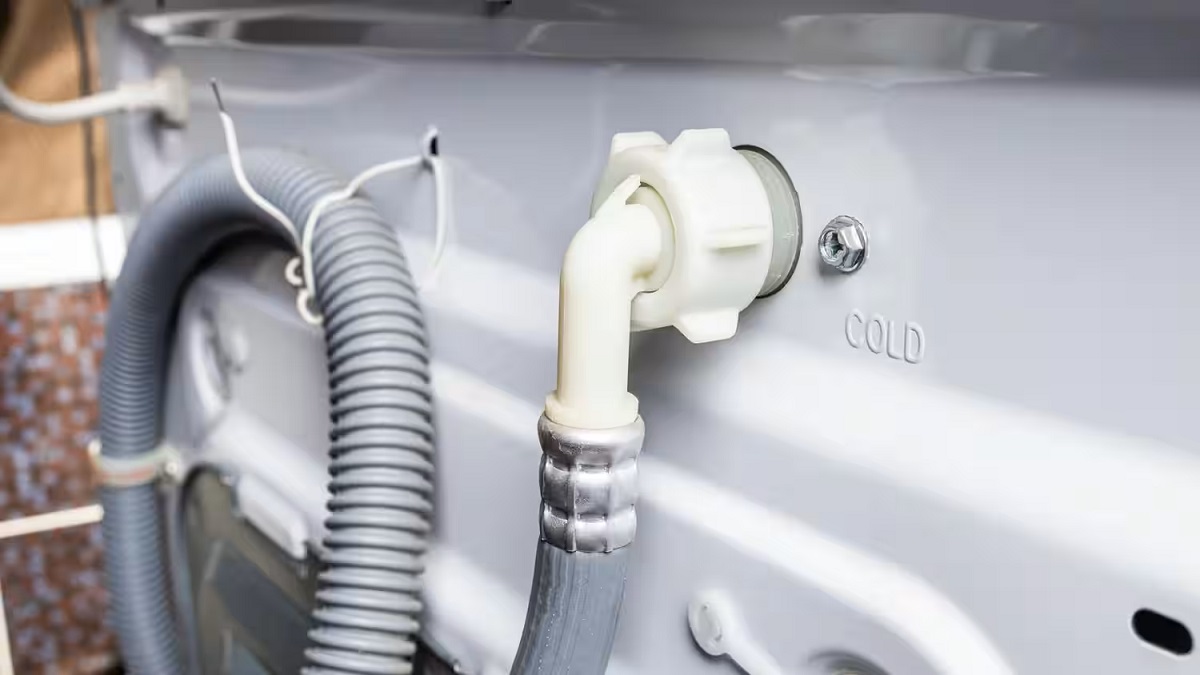
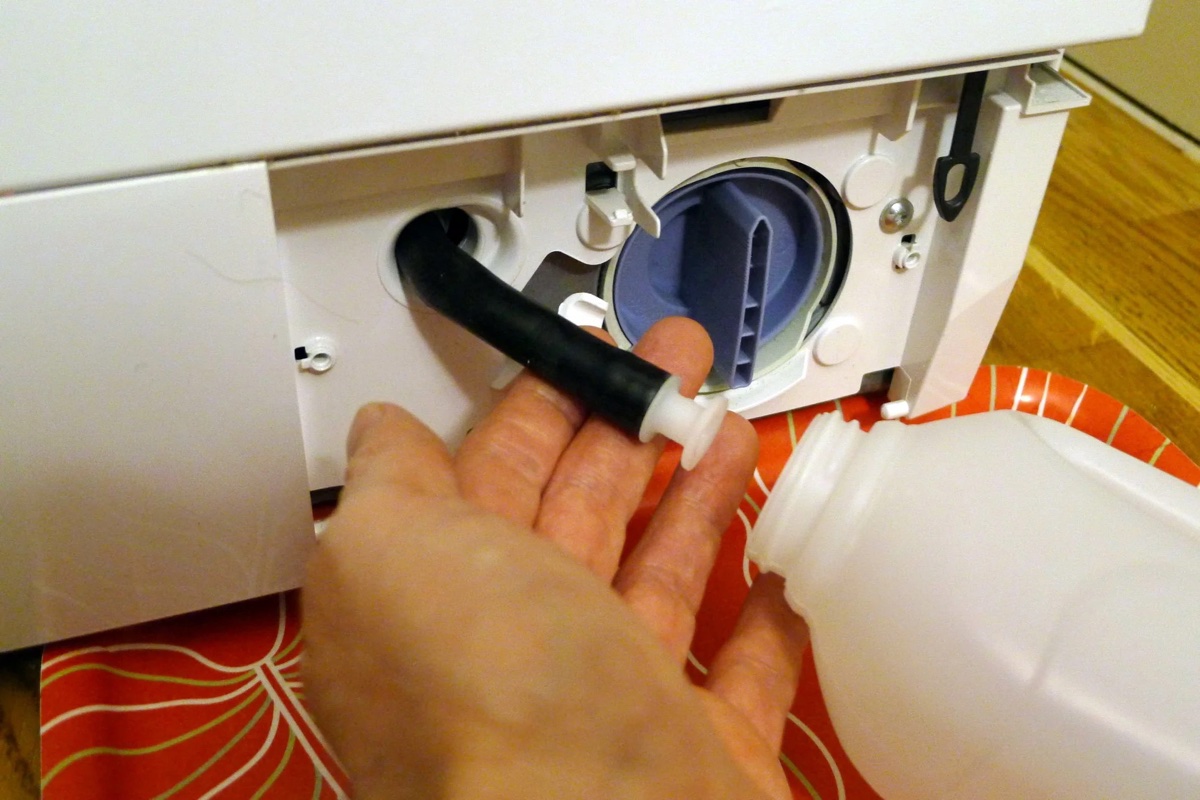
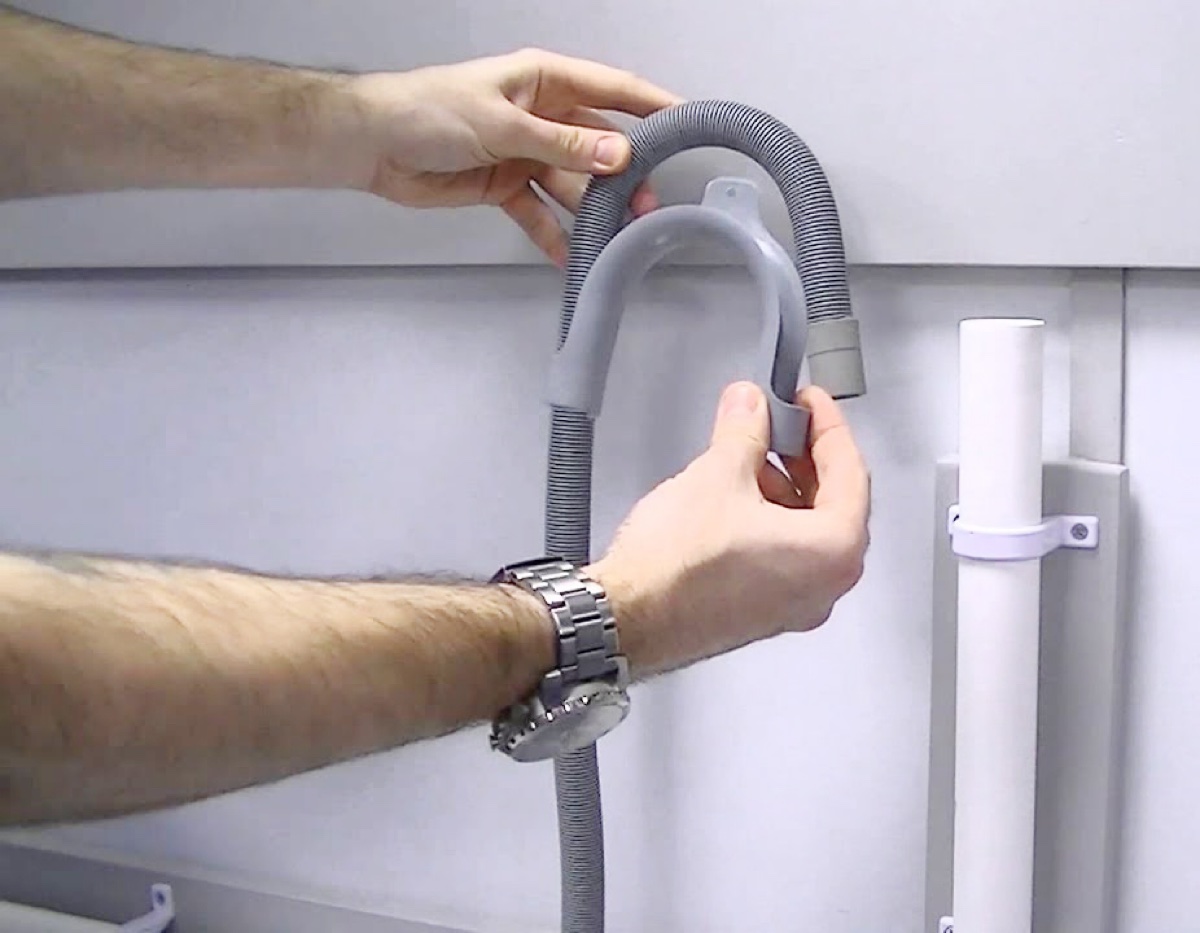

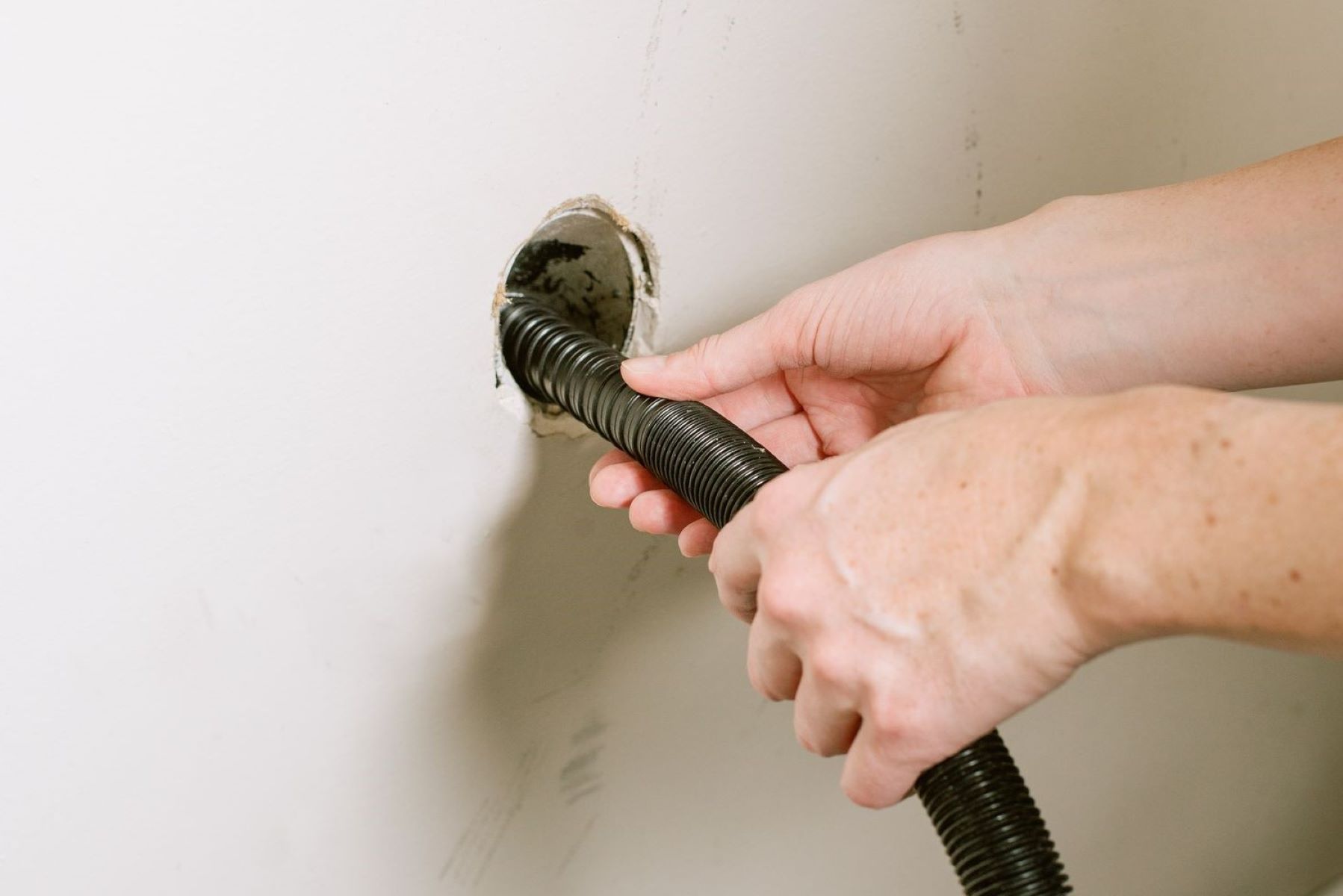
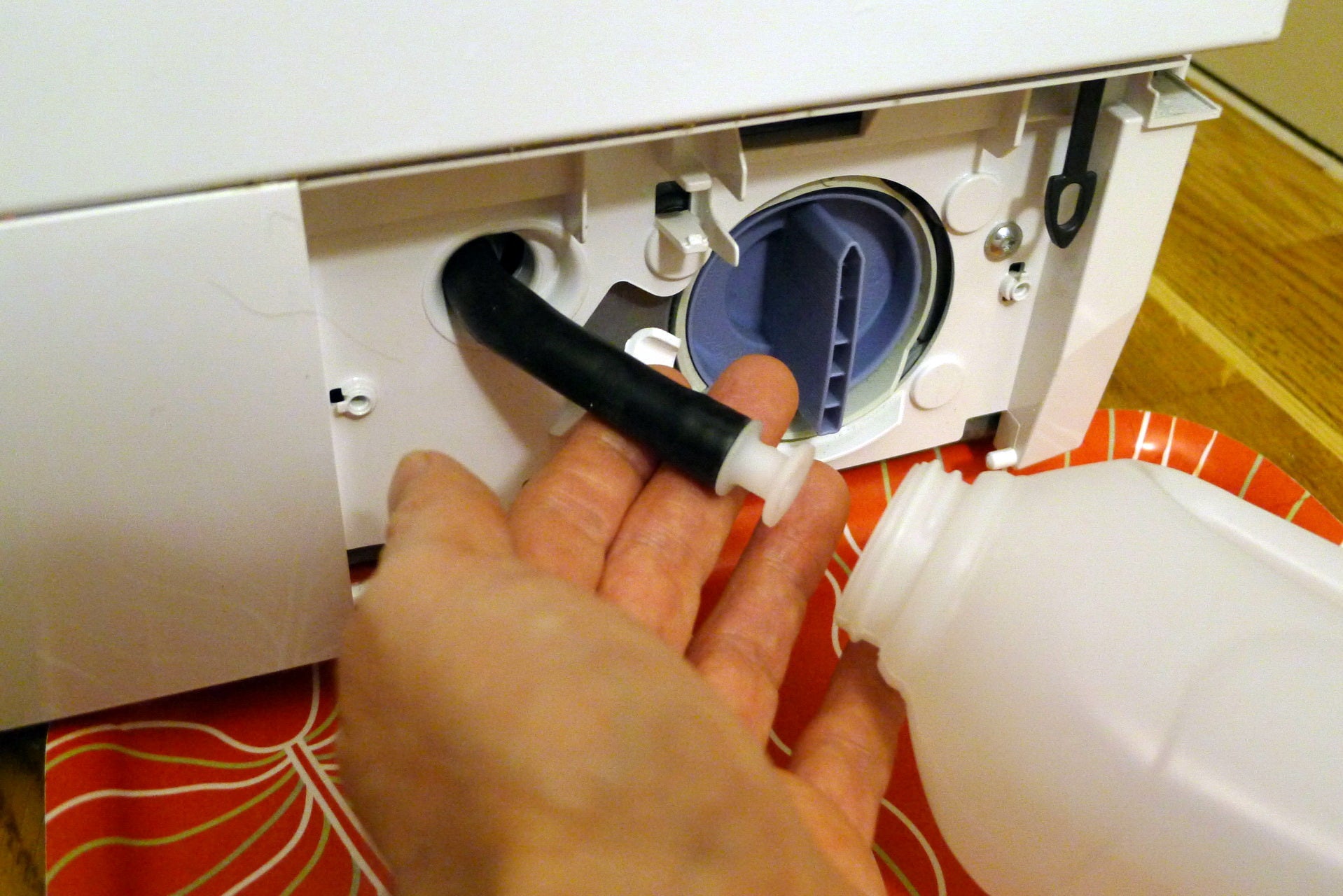
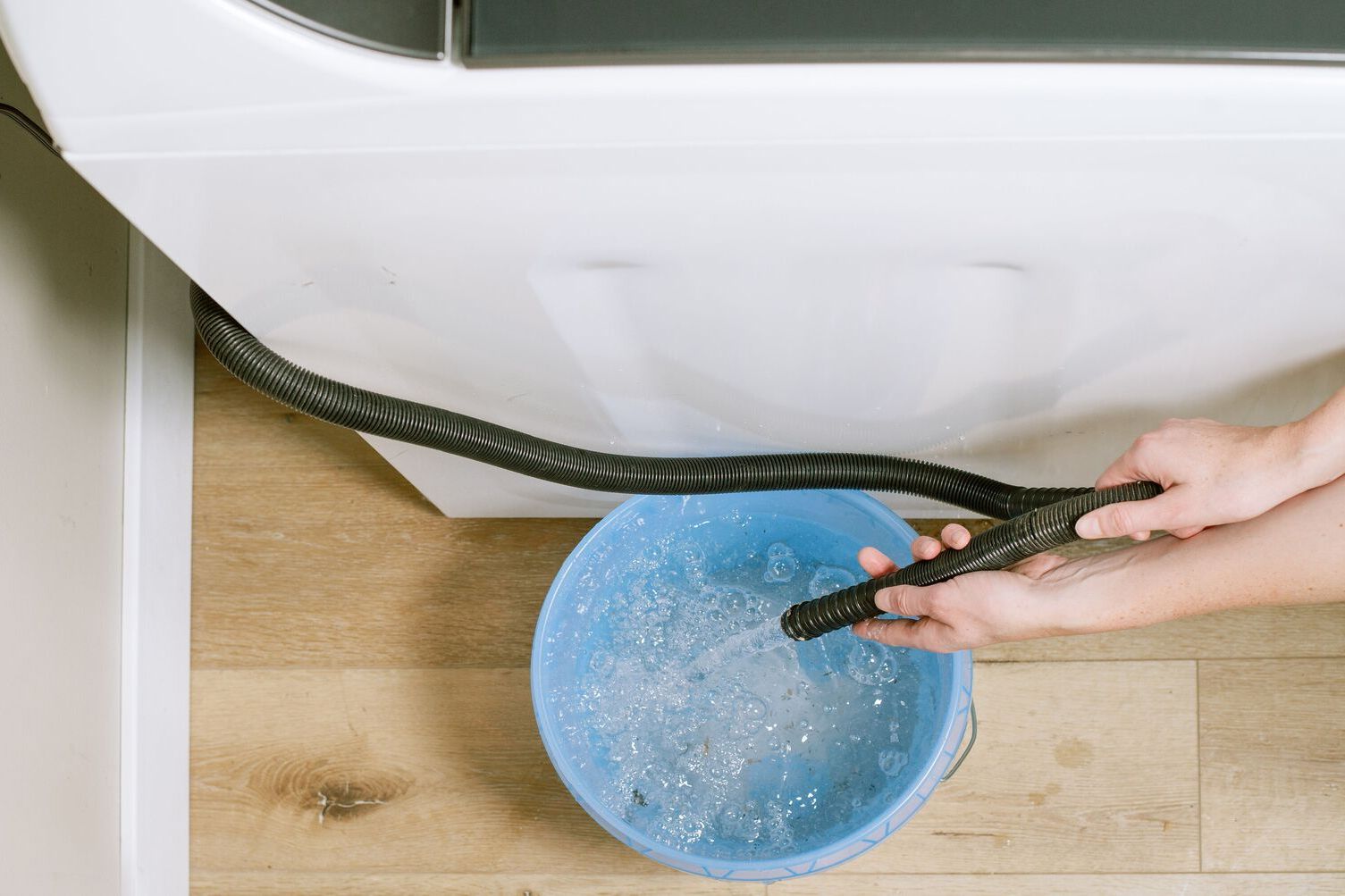
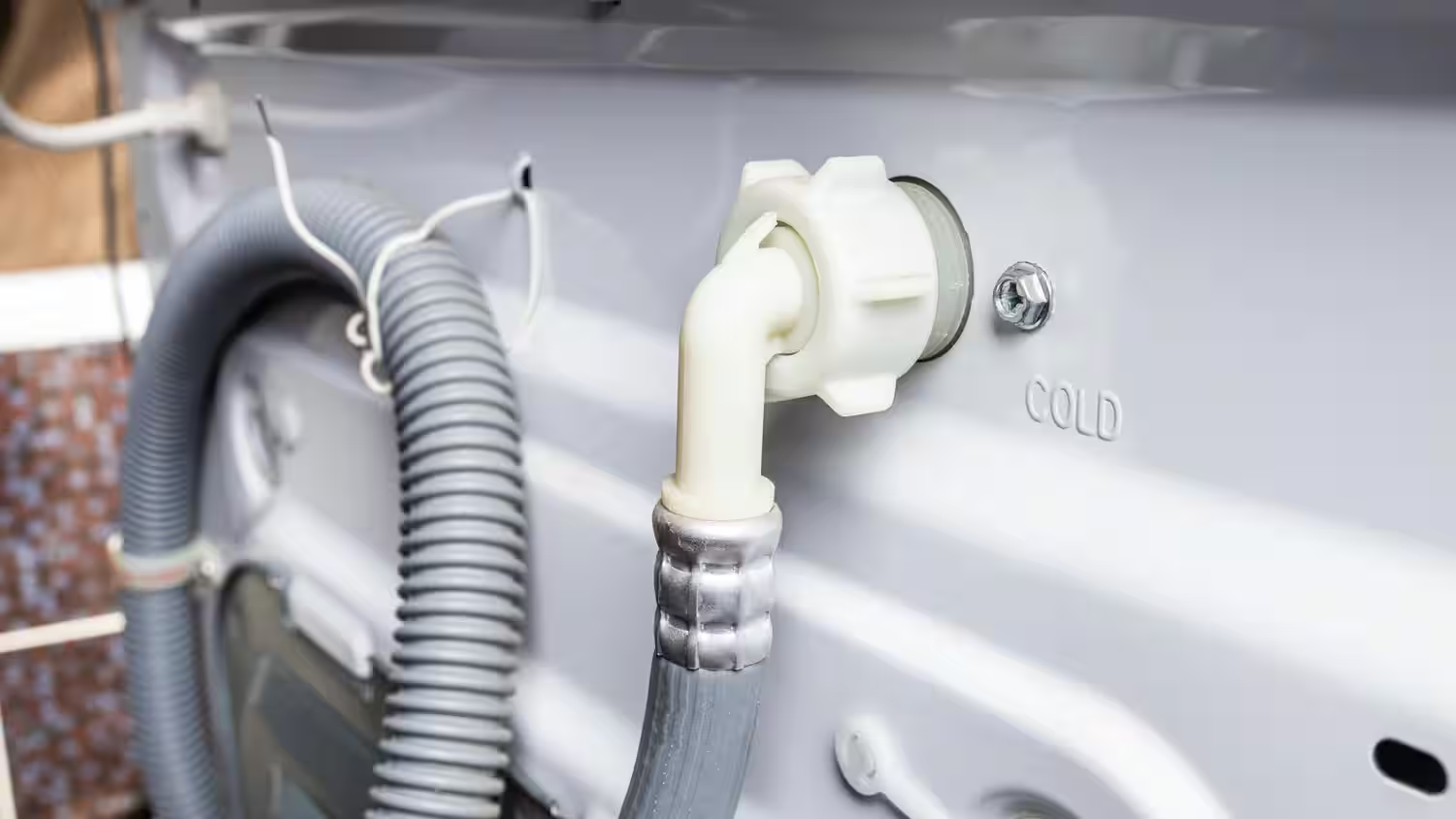
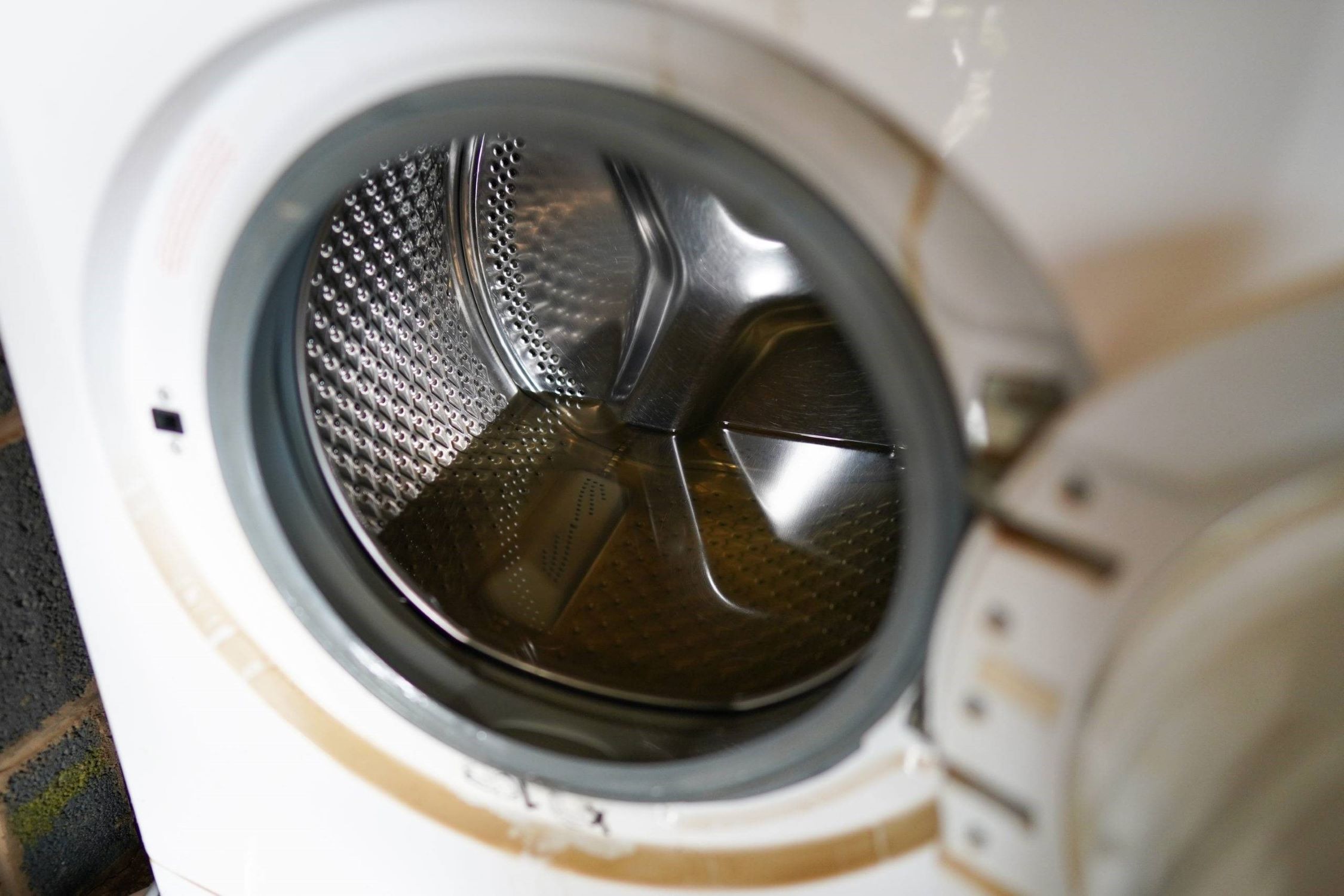
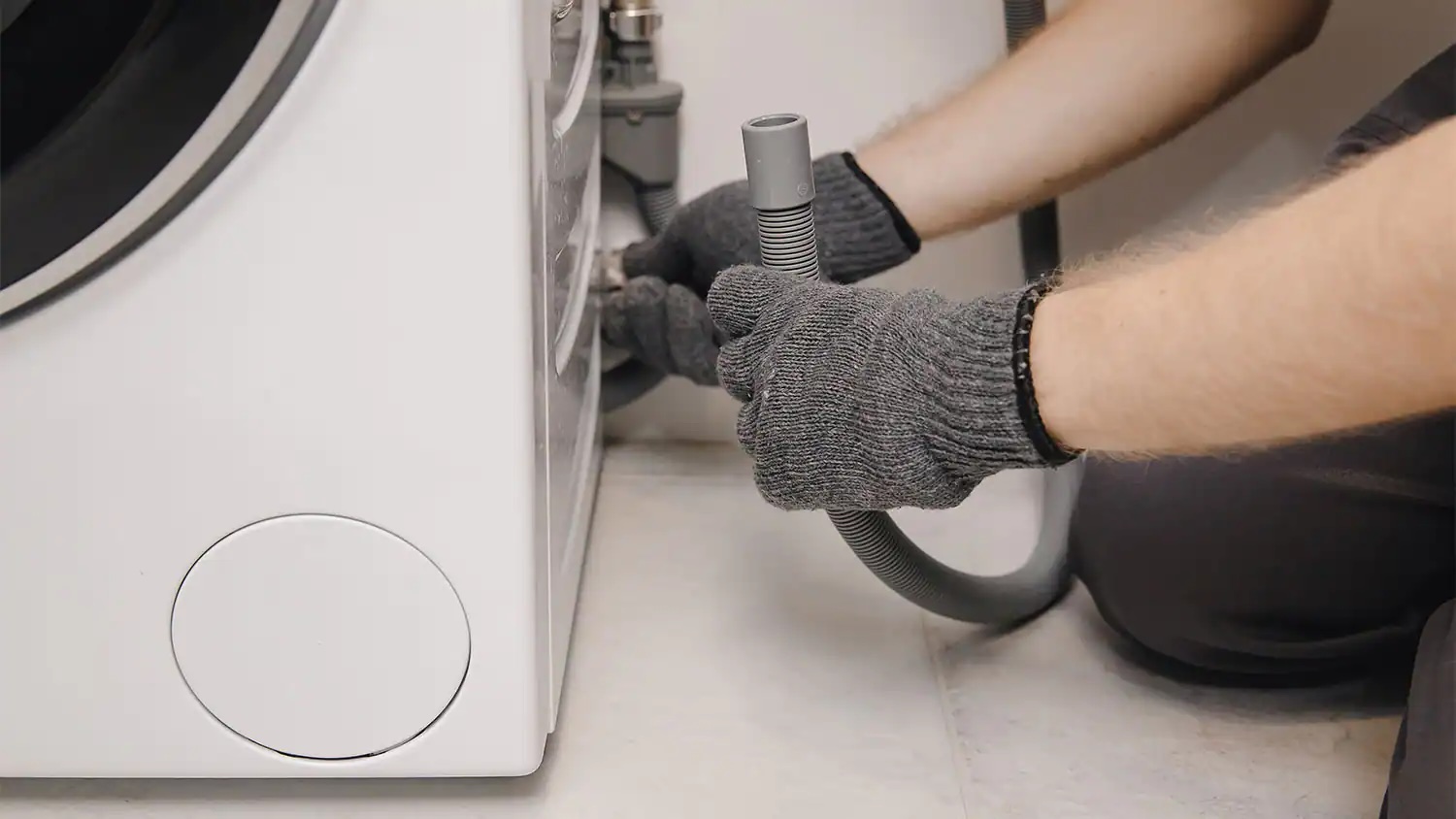

0 thoughts on “How To Clean A Washing Machine Drain”